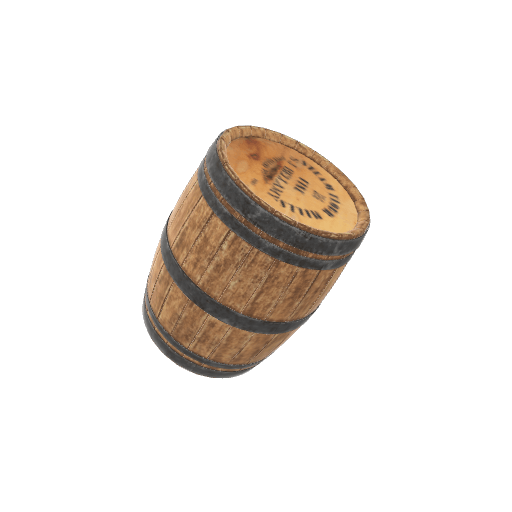Flour barrel
The flour barrel appears in trading posts in the mid-17th century. Flour serves as currency or as an advance in the fur trade. The arrival of this essential foodstuff also changes the work of trappers and hunters. By capturing fewer species for their diet, they can focus more on animals prized by Europeans for their fur, such as beavers and martens.
Transported from France, the barrels are frequently used to hold various foods such as nuts or plums.
A trading post is minimally made up of a dwelling and a warehouse to store the goods. Some have more complex facilities, including a bread oven where flour is useful.
Flour is an expensive commodity found at the trading post, along with guns, copper pots and alcohol.
References
Owner: digital 3D drawing
Sources:
Canadian Museum of History. (n.d.). Economic activities: Fur trade. Virtual museum of New France. Retrieved October 6, 2022, from https://www.historymuseum.ca/virtual-museum-of-new-france/economic-activities/fur-trade/
Trudel, F. (2001). Autochtones et traite des fourrures dans la péninsule du Québec-Labrador [Indigenous peoples and the fur trade in the Quebec-Labrador peninsula]. In G. Duhaime (dir.), Atlas historique du Québec: Le Nord (pp. 125–219). https://atlas.cieq.ca/le-nord/autochtones-et-traite-des-fourrures-dans-la-peninsule-du-quebec-labrador.pdf
